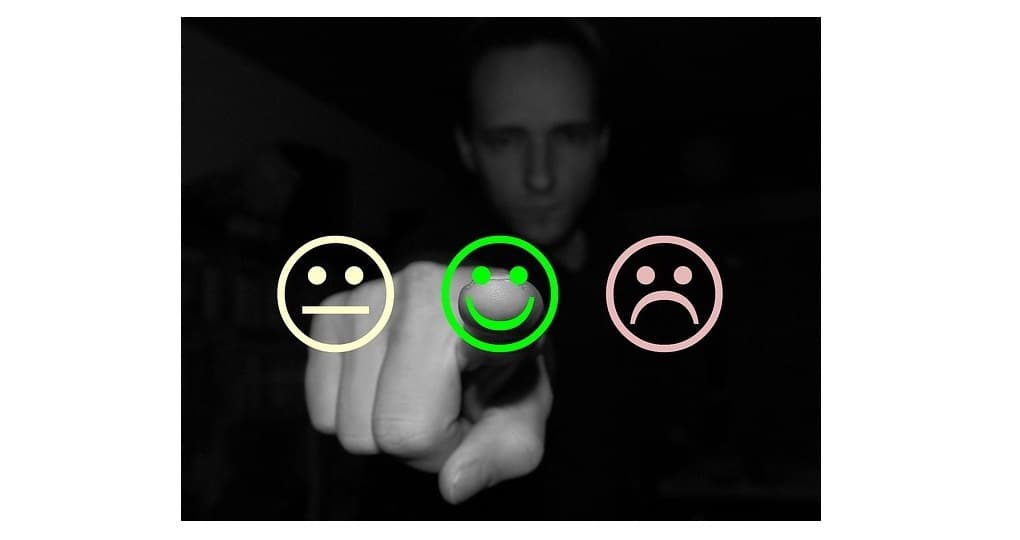
by Jonathan Munn, Zendesk
For corporate IT organisations, 2017 is so, so different to 2007. In fact, one could argue that, especially in IT support terms, 2017 is also very different to only two years ago. So much has changed in IT support – self-service has continued its march to ubiquity, chat has become more prevalent (although not prevalent enough in my opinion), social-media-based support didn’t gain the traction expected, and artificial intelligence (in the form of machine learning) is “the next big thing” for IT support. Plus, of course, support teams have seen so much technology change – in both the corporate and consumer IT spaces.
However, one of the most important changes is the raised expectation of employees. Expectations that have been buoyed by superior personal-life experiences of services, customer service, and support. Expectations that continue to grow. All wrapped up into something called customer experience – a now-trusted business-to-business (B2B) and business-to-consumer (B2C) approach to winning and retaining customers, and their business and revenues, through better customer understanding, engagement, and experiences. In the consumer world, it’s no longer enough to merely have a good product at the best price.
Why employees’ consumer-world-driven expectations matter
Now you might have just paused for a moment to think:
“Why on earth am I reading about customer experience in an IT service management (ITSM) blog? Our end users aren’t paying customers. Plus, we have somewhat of a monopoly on IT service provision to them (albeit bar the use of their personal devices, apps, and cloud services in line with the corporate “bring your own device” (BYOD) policy and/or their use of cloud-based systems under the banner of “Shadow IT”).”
It seems a sensible and safe question to ask. That is until one stops to realise that technology, services, customer service, and support are becoming almost indistinguishable in the consumer world.
Unsure what this means? Think about your mobile phone service – you might be happy with the regularly-refreshed handset, the unlimited calls/texts/data, and the network coverage; so, it’s probably going to be the level of customer service and support that causes you to jump ship to another provider. As consumers, we now expect a high level of service across the board – we expect a great customer experience. Why? Because we judge other personal-life suppliers by the service and support standards we experience with exemplar companies such as Amazon, with its policy of responding to customer emails within six hours, say.
Consumer-world experiences and expectations have already permeated into the workplace and will continue to do so as more and more B2C suppliers fight hard for new and existing customers based on customer experience. Customer experience is thus becoming, and might already be, the norm in our personal lives. So, why should employees expect less at work? Especially when the quality of service and support will most likely have a bigger effect in the workplace.
What it means for internal IT teams
The effects of consumerisation and customer experience are wide reaching. And not just for IT, they’re equally as applicable to other corporate service providers such as human resources (HR) and facilities. But here are three key things to start off, or to boost, your customer experience thinking:
1. Everyone in IT needs to be thinking about, and focused, on the customer. This is employees, the decision makers/budget holders that pay for business unit IT (who ITSM has traditionally seen as “the customer”), and the external customers that ultimately make the business a going concern. And for the internal customers of IT, customer experience is not just applicable to IT support personnel, because customer experience is influenced by more than support. From the products and services offered, the “pre-sales” environment, through to how the customer engages with the supplier’s people, processes, and IT systems while they are a customer. It’s all important as it only takes a single-point customer-experience “failure” to ruin the overall experience and add to the perceived dissatisfaction with internal IT.
2. IT services need to be comparable with the better consumer-world equivalents. And don’t just think of this as the devices, apps, network, storage, etc. used (the “consumerisation of IT” view of the world). As mentioned above, consumerisation and customer experience relate to everything the customer sees, hears, and touches (and, in some scenarios, smells and tastes too). Thus, it includes the methods available to employees to communicate with, and access the services of, IT. Importantly though, this isn’t as easy as just providing the technology for self-service and self-help, say. No matter the channels offered, they need to be comparable with their consumer-world equivalents. If they aren’t, they probably won’t get used (other than that the best of a bad bunch will ultimately be used when new IT services and support are truly needed).
3. IT support needs to help employees as though they are customers. Or at least the consumers of IT services. While the above two bullet points might seem within the realms of doable, they’re based on the underlying assumption that the people who are often called “end users” (see my blog title for a start) actually hold some form of importance to the service provider and its staff. Without such a mindset, there’ll most likely continue to be an overemphasis on the technology rather than the people who make the business successful through their effective use of that technology. This customer-thinking needs to again permeate the whole IT organisation.
There are of course other ways in which consumerisation will affect corporate IT departments but hopefully this blog has started you thinking about what needs to change in your company because of consumerisation and customer experience – from IT support to IT strategies and decisions.
If you’ve already changed things because of consumerisation, I’d love to know what and how. Please leave me a comment below.























